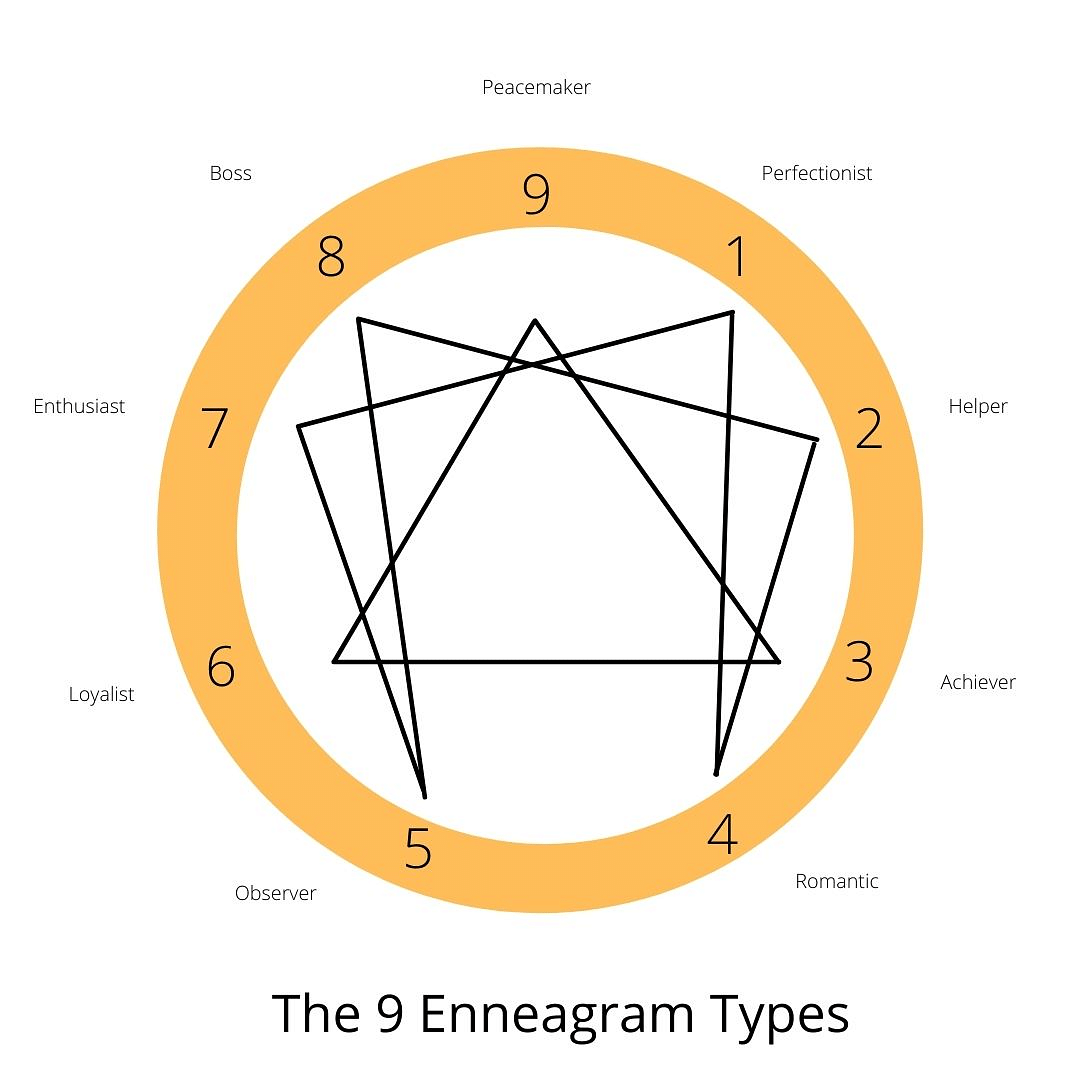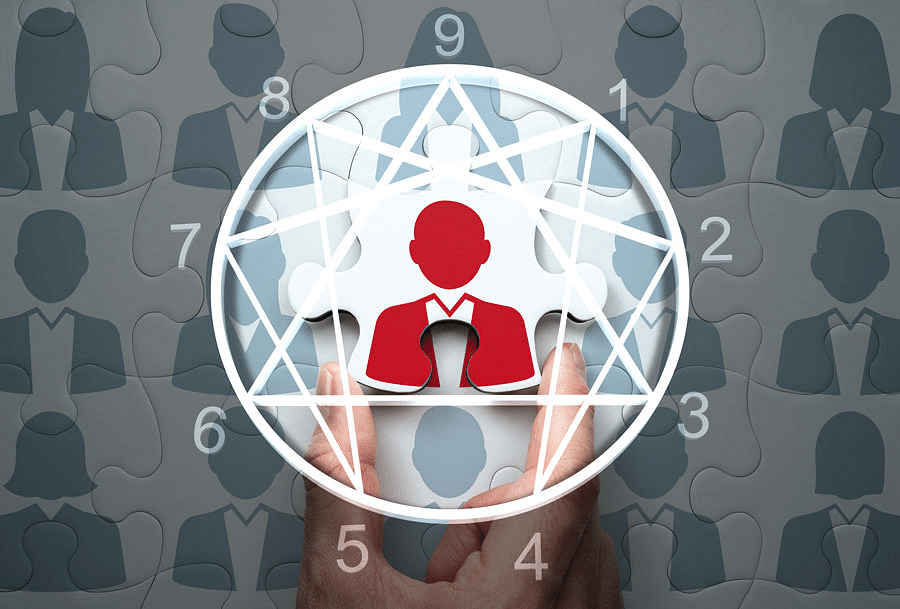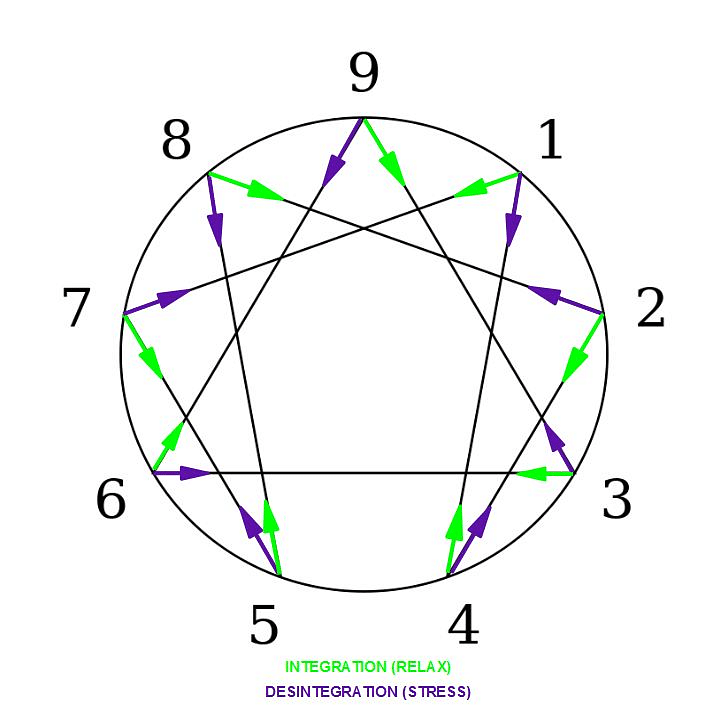
What is Enneagram and how it can help you communicate with your customers and your team better
By Jim James, Founder EASTWEST PR and Host of The UnNoticed Entrepreneur.
Joining from Palo Alto, Matt Schlegel was on the new episode of The UnNoticed Entrepreneur podcast. He recently got a book out and he’s an expert in Enneagram. He talked about what it is and how it can be used for communication.
Image from LinkedIn
What is Enneagram
Enneagram is a very powerful tool that’s most commonly understood as a personality dynamics tool. It describes nine distinct personality dynamics, each with its own underlying motivations and communication styles and needs.
When Matt first learned about it, he discovered more about himself than he has ever understood before. And once you understand what’s going on inside of you, you’ll start to realise that not everybody is like you. You start to see those nine distinct styles emerge from the people you know. Some are really obvious; some are not.
But though it may take a while to get there, it’s so powerful in terms of understanding your own style, how it works with other styles. In terms of communication, it can be used to understand how each one of these styles essentially has a filter. Knowing how to use words that get through that filter — to the person you’re trying to communicate — is very powerful. Because if you just stay in your own style and communicate using your style, it will only be great with communicating with people of your style. It’s why birds of a feather flock together — they get each other.
There are nine distinct personality styles and for Matt, what’s interesting about the Enneagram is that they use numbers. It’s Type 1, Type 2, all the way through Type 9. There’s no one word that describes each one of those types because we’re all very complex people.
However, there are words that are commonly associated with them. Type 1 would be the perfectionist; Type 2, the helper; Type 3, the achiever; Type 4, the romantic; Type 5, the observer; Type 6, the loyalist; Type 7, the enthusiast; Type 8, the boss; Type 9, the harmonizer or peacemaker.
These are some of the words commonly associated with each of the types. Through these, you can start to get what flavour each of these types is bringing to the party.
Enneagram is an ancient system with roots traceable back to a couple of thousand years ago. It was popularised in the West by a Russian named Gurdjieff. He brought the system into the conversation around the end of the last century.
Then, a psychologist named Oscar Ichazo started to develop personality dynamics profiles associated with the Enneagram that we now all commonly understand. It really flourished in the ‘60s and the ‘70s.
Now, if you go on YouTube, for instance, and type in “Enneagram,” you’ll see that millennials are into this because there’s a lot of content out there.
Taking and Leveraging the Enneagram Test
There are tests that you can take for the Enneagram. Matt has a complimentary test on his website and you can take that.
Usually, what happens is you’ll score highly on two or three types. This is only the starting point. Don’t put a lot of weight into which type you score highest on — instead, take the top two or three.
In Matt’s case, he shared that the first time he took the test, he scored the highest on Type 8. However, it turns out that he really wasn’t a Type 8, but Type 6 (which was his second-highest scoring). He said that he was only in an environment where he had to exhibit a lot of Type 8 behaviours.

Image from Unsplash
Talking about Enneagram as a communication tool, he said that the really important thing to understand is that each of these styles has a distinct way of communicating and listening.
When he’s doing business development for his consultancy, he has an idea of the personality types that are associated with different roles in a company. For instance, a Chief Financial Officer (CFO) is likely going to be a Type 1. So when he’s going to meet a CFO, he’ll start off with words that resonate with the perfectionist. For example, “We’re going to get you the information,” “We’re going to make sure it’s right,” or “We’re going to calculate things down to minute details.” These are things that are going to appeal to a Type 1.
You can frame your messaging as an entrepreneur if you know your audience — the Enneagram type of your audience. You can tailor your messaging to really resonate with them. And it’s one very effective way to use the Enneagram as a communication tool.
It also makes a kind of avatar that you have for your business. You’ll know what Enneagram type you’re exuding and who’s that going to attract. And it’s applicable for both employees and partners, for present and future.
If you’re a business leader and you’re growing a team of people, the Enneagram will be effective for you because it will allow you to really understand the underlying motivation of your teammates. When you’re working with your team, you can understand that a certain person is a Type 2, for instance, and what this person wants is to help. And they also need appreciation. Therefore, you’ll be putting them into a role where they’re helping people and they’re getting appreciation. They will love that role and they will thrive.
By understanding Enneagram, you can tailor the way you even structure your team.
‘Teamwork 9.0’: The Concept Behind the Book
Matt has an engineering background — he loves systems in general. One of the things that he noticed when he looked at the Enneagram is that it’s a circle surrounded by numbers. It kind of looks like a clock.
Image from Schlegel Consulting’s website
He thought why is it a circle and why is it numbered. He did a little more research and discovered that it’s also a system. The order of the numbers represents the order of those dynamics that appear as you move around the circle. It essentially becomes a problem-solving process.
For instance, what’s the first step in problem-solving? It’s like this, “Hey, there’s a problem and it shouldn’t be like that. It should be like this.” This is exactly the dynamic of Type 1, the perfectionist. The perfectionist is the first one to point that out. Then, it goes around.
Having understood that, he developed a problem-solving methodology that you can use with your teams. Basically, it allows you to accomplish amazing things with teams as you systematically work through that process.
Matt’s book is called “Teamwork 9.0.” It’s nine to represent the nine Enneagram types.
Image from Amazon
While there are a lot of books about the Enneagram out there, he didn’t see a book that talked about how to use it as this team problem-solving process. This is why he wrote the book. He wanted to share with the world that there’s this whole other great use case for the Enneagram.
You can find the book on Kindle. It’s also available as a paperback on Amazon. He also said that they’re currently working on the audiobook.
How Can an Entrepreneur Use the Enneagram for Marketing Problems?
When you’re working through problem-solving, step one is clearly defining the problem and then creating your goals. It’s the should and the shouldn’t. In that step one, you create that vision for what you want to accomplish.
Then, you can use the rest of the personality types in your succeeding steps. For example, step two is the helper: “Who can help me realise that vision?”
As a Type 6, Matt knows that he’s not the best marketer; it’s not his strength. But there are many people with strengths in that area. Hence, what he does is to seek help, guidance, and direction from people who are great at marketing. Get their ideas and go to step three: Test them out. Figure out which ones are having the most positive energy and how to implement that. You move around so that you create this marketing plan where you get all the way to implementation and testing.
Matt uses the Enneagram in his marketing to make sure that he’s hitting all of those points in problem-solving as he moves around.
Image from Unsplash
Often, especially in public relations and marketing, we end up getting stuck in our own way of looking at things from our own perspective (e.g. a problem is only a creative problem or a budget problem). But if you deliberately seek out guidance from the other Enneagram types in your world, then you will get all of these fresh perspectives to help you move around and solve your problems.
By also knowing the Enneagram profile of your customer or members of staff, you can adjust your vocabulary and your images accordingly. Each Enneagram type will respond more positively or negatively to an image. If you know who is the persona that you’re trying to target, you can really hone your message.
It’s Not Just About One Enneagram Type
Generally, people have a dominance of one of the Enneagram types. It doesn’t mean, however, that we don’t have the other types in us. It doesn’t mean that we don’t have access to them when we need them.
As an analogy, Matt said that he’s right-handed. He often uses his right hand. But when he is typing, for example, he’s also using his left hand.
The other thing about the Enneagram is that in the diagram, there are these lines within the circle. Every Enneagram type is connected to two other types. And these represent how your behaviours change when you’re either in a relaxed, comfortable place or in a stressed place.
For instance, when you see a Type 1, who is very concerned about getting things right all the time, go on a vacation all of a sudden — they want to just have fun and forget all the other stuff — this is them moving to Type 7, to their relaxed place. On the other hand, when they get overwhelmed and all of these problems start building up, you can see them move to Type 4, which is their kind of emotional, almost slightly depressed state.
You can see that the Enneagram represents those motions depending on where they are personally in their life.
Image from Wikimedia Commons
And this has a massive impact from a marketing perspective. Because when we talk about the customer journey, it’s not only about the buying process. It’s also about, Are they on the way to a holiday when they see the article? Or, Are they reading on the beach? In that case, it’s an entirely different place on the Enneagram diagram than if they’re going to work or they had a stressful weekend. It will also have an impact on search engine optimisation keyword selection, too.
If you’re trying to solve a problem for highly stressed people, then you want to know what’s going on when they’re in that stressed state — and how to reach them even when they’re in that state. It’s harder in the stress state because people tend to become a little more myopic. Therefore, you have to be even more targeted in your messaging.
Getting Himself Noticed
To get himself and his book noticed, one of the things that he’s doing is a virtual book tour. He launched the book in the middle of the pandemic so it’s all been virtual. This is why he also appreciates the opportunity to speak on podcasts like mine. It’s one way of promoting and meeting many great people.
He likes writing — he wrote a book — so he’s also leaning into that: Writing blogs and articles.
On his website, he has this tentpole strategy wherein there are certain points that he’s trying to emphasise, e.g. leadership, teamwork, decision-making, and Enneagram. He writes articles for each one of these areas that get picked up by the search engines and drive traffic to his website.
There are a number of different techniques that he’s using and having a lot of fun with. One thing that he’d give as advice to anybody is to try a lot of things and stick with the ones that you really like doing — because these are the ones that you’ll keep doing. If you can find that intersection of the things that you like doing and the things that are effective, that’s where the magic is.
To learn more about him, visit his website, www.evolutionaryteams.com. In there, you can find more about his book, “Teamwork 9.0,” and see what he’s writing about. You can also find an Enneagram test there as well. If you want to have a conversation, reach out to him and he’d be happy to guide you through it.
This article is based on a transcript from my podcast The UnNoticed Entrepreneur, you can listen here.
Cover image by Windows on Unsplash







